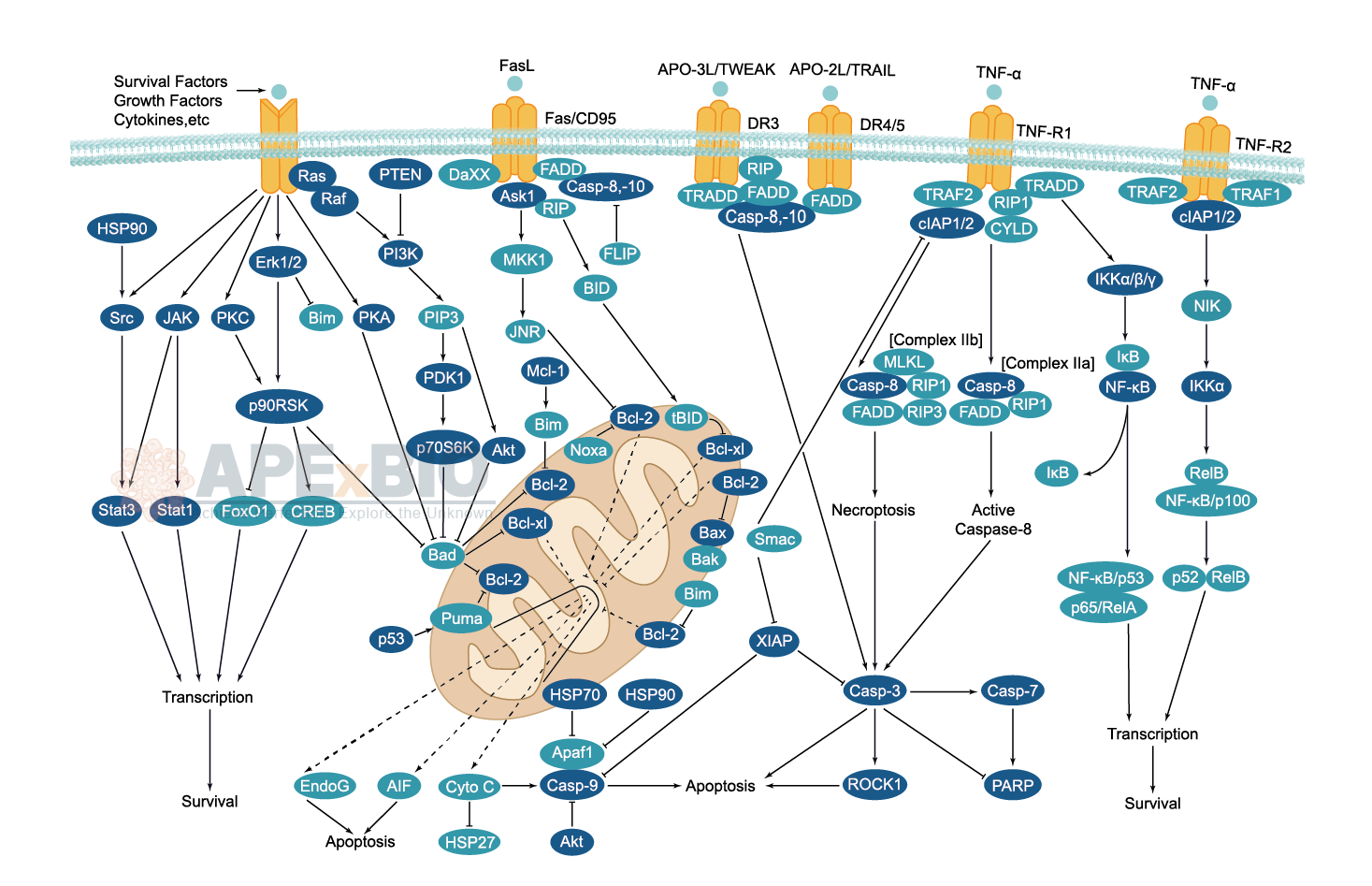Apoptosis
Apoptosis, also known as programmed cell death, is rigorously controlled process of cell death that leads to phagocytosis of unwanted cell. It is triggered after sufficient cellular damage and activated through extrinsic or intrinsic pathways. The intrinsic pathway is mainly occurs via release of cytochrome c from the mitochondria and regulates mitochondrial outer membrane permeabilization by Bcl-2 family proteins. The extrinsic pathway is induced by ligand binding to death receptor, such as Fas, TNFαR, DR3, DR4, and DR5. Caspases then cleave target proteins and nuclear lamins to promote DNA degradation, resulting apoptotic cells undergo phagocytosis. In addition, p53 has the ability to activate intrinsic and extrinsic pathways of apoptosis by inducing transcription of several proteins like Puma, Bid, Bax, TRAIL-R2, and CD95.
Some Inhibitors of apoptosis proteins (IAPs), such as XIAP/BIRC4 and Bruce/BIRC6, can block casapse activity through direct binding, while other IAPs, such as cIAP1/BIRC2, cIAP2/BIRC3, act as ubiquitin ligases that target caspases for ubiquitin-mediated degradation. Apoptosis is essential for growth, development and aging in multicellular organisms. Any alterations or abnormalities occurring in apoptotic processes contribute to development of human diseases, including cancer.
-
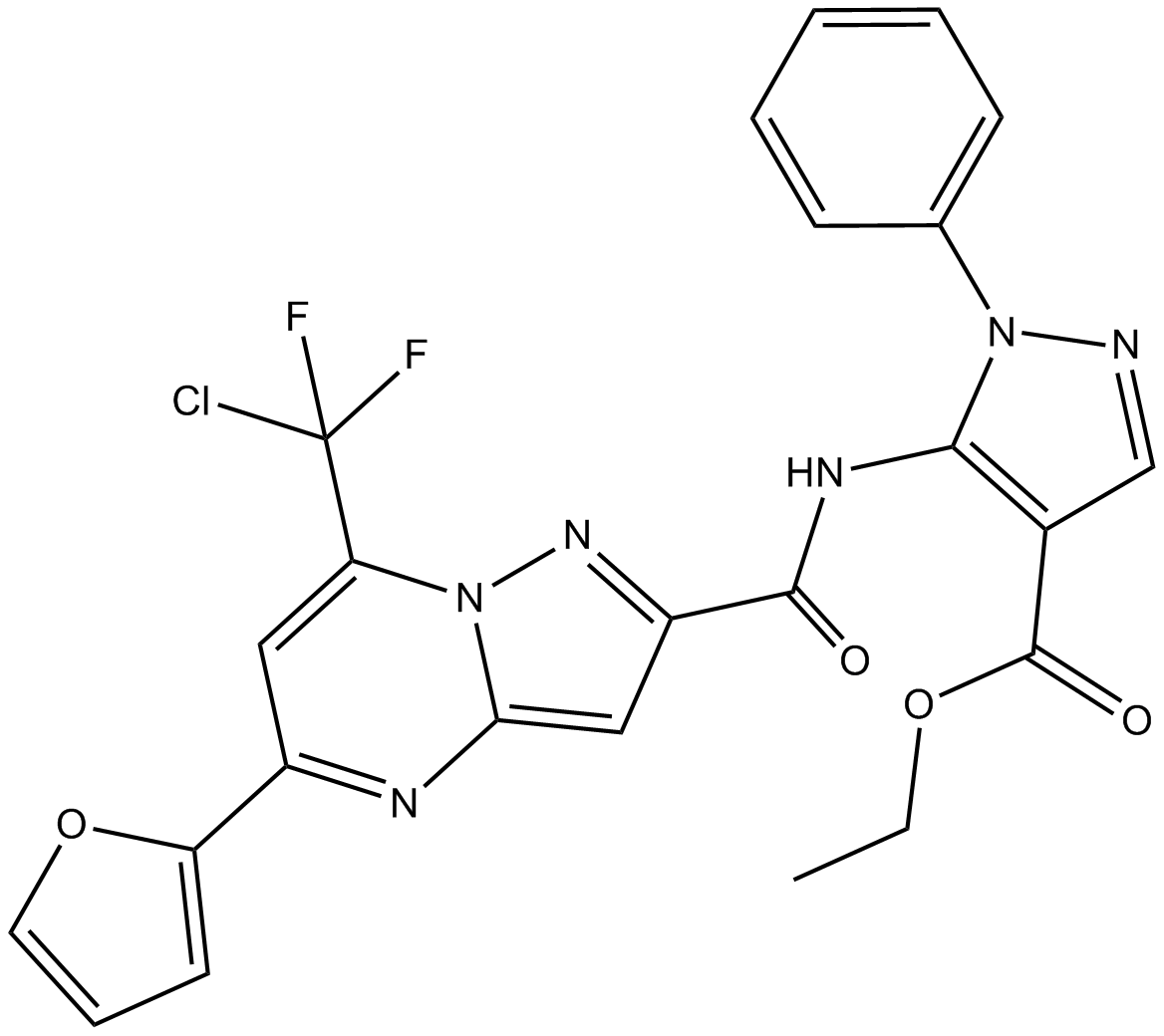 B8530 Mycro 3Summary: 一种有效的选择 Myc-Max 二聚化抑制剂
B8530 Mycro 3Summary: 一种有效的选择 Myc-Max 二聚化抑制剂 -
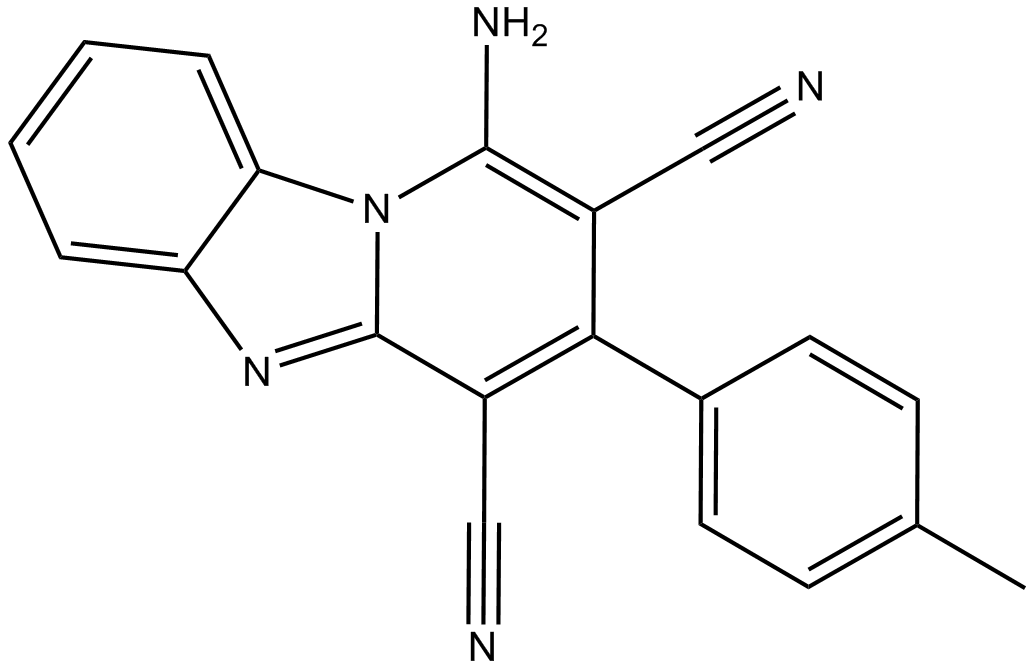 B8528 iFSP1Summary: 一种有效的、选择性的且不依赖谷胱甘肽的 ferroptosis suppressor protein 1 (FSP1/AIFM2) 的抑制剂
B8528 iFSP1Summary: 一种有效的、选择性的且不依赖谷胱甘肽的 ferroptosis suppressor protein 1 (FSP1/AIFM2) 的抑制剂 -
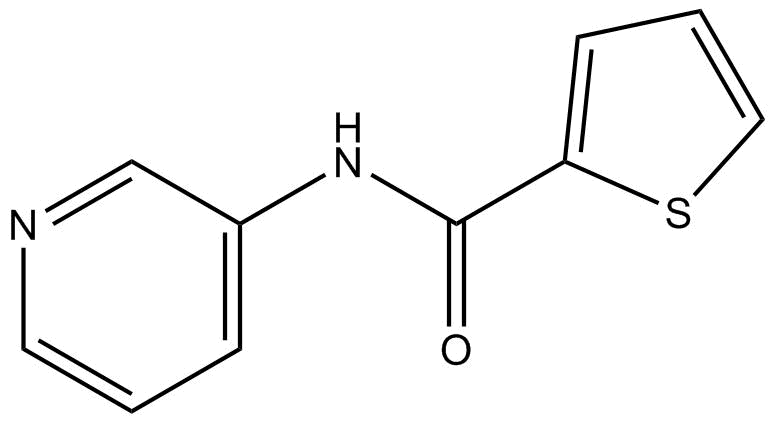 B8507 SW106065Summary: MPNST的细胞凋亡诱导剂
B8507 SW106065Summary: MPNST的细胞凋亡诱导剂 -
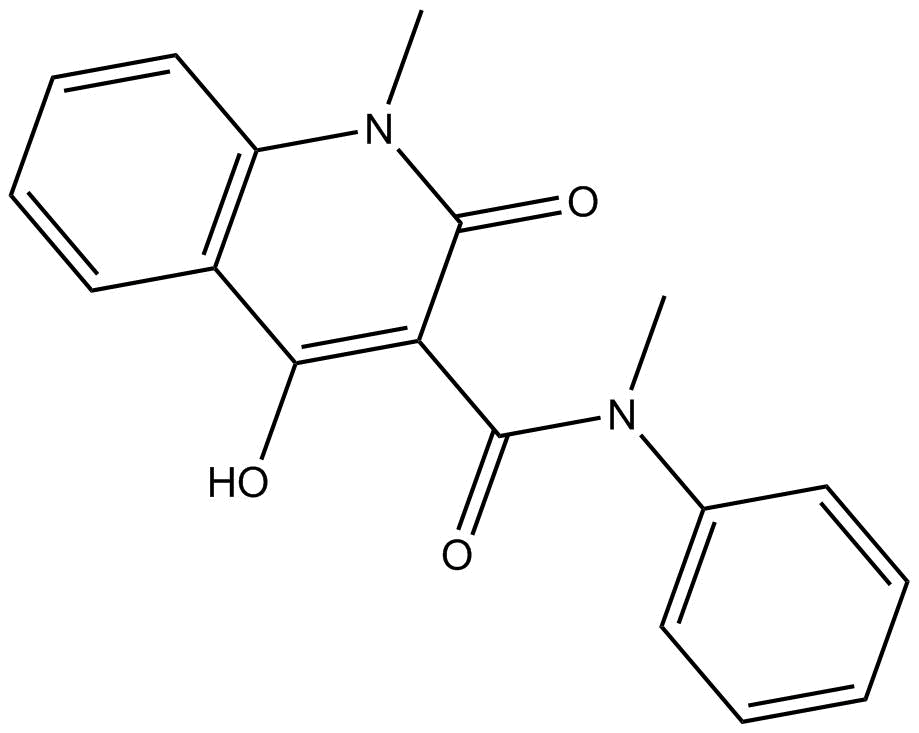 B8486 Roquinimex中文名: 罗喹美克Summary: 免疫刺激剂
B8486 Roquinimex中文名: 罗喹美克Summary: 免疫刺激剂 -
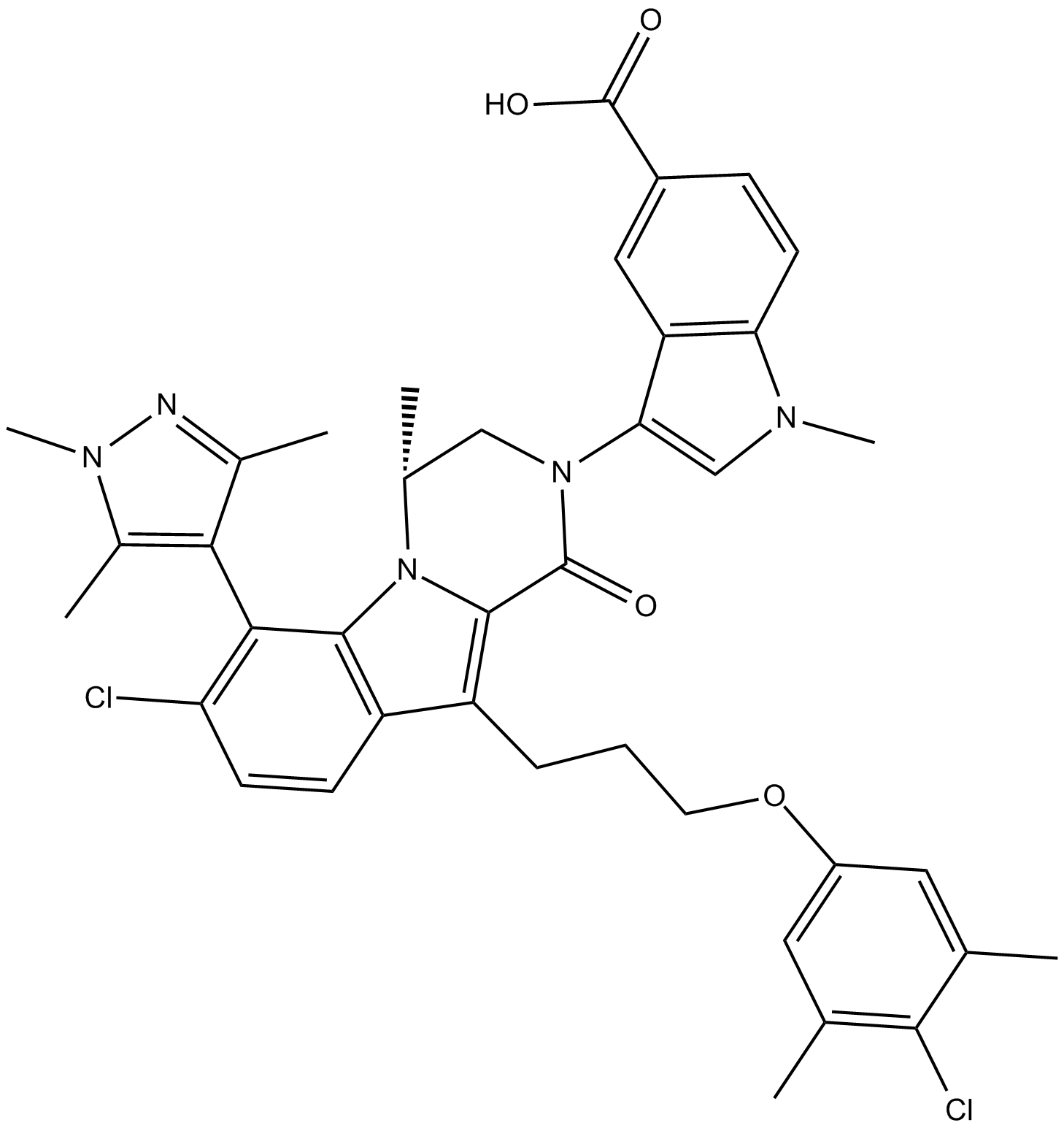 A8783 VU661013Summary: 一种新型的,高效的,选择性MCL-1抑制剂
A8783 VU661013Summary: 一种新型的,高效的,选择性MCL-1抑制剂 -
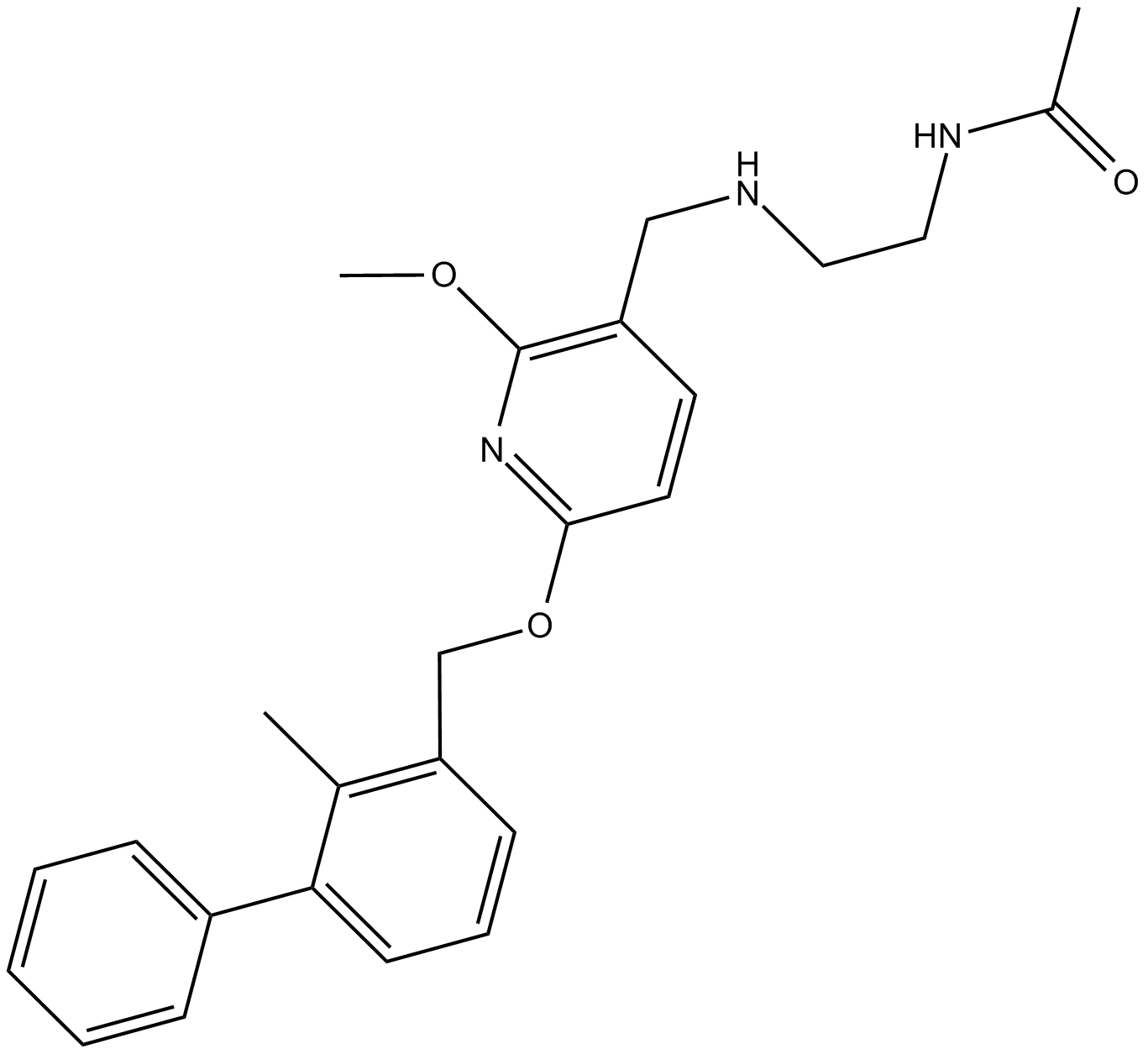 B6023 PD-1/PD-L1 inhibitor 2Target: PD-1/PD-L1 interactionSummary: PD-1/PD-L1相互作用的抑制剂
B6023 PD-1/PD-L1 inhibitor 2Target: PD-1/PD-L1 interactionSummary: PD-1/PD-L1相互作用的抑制剂 -
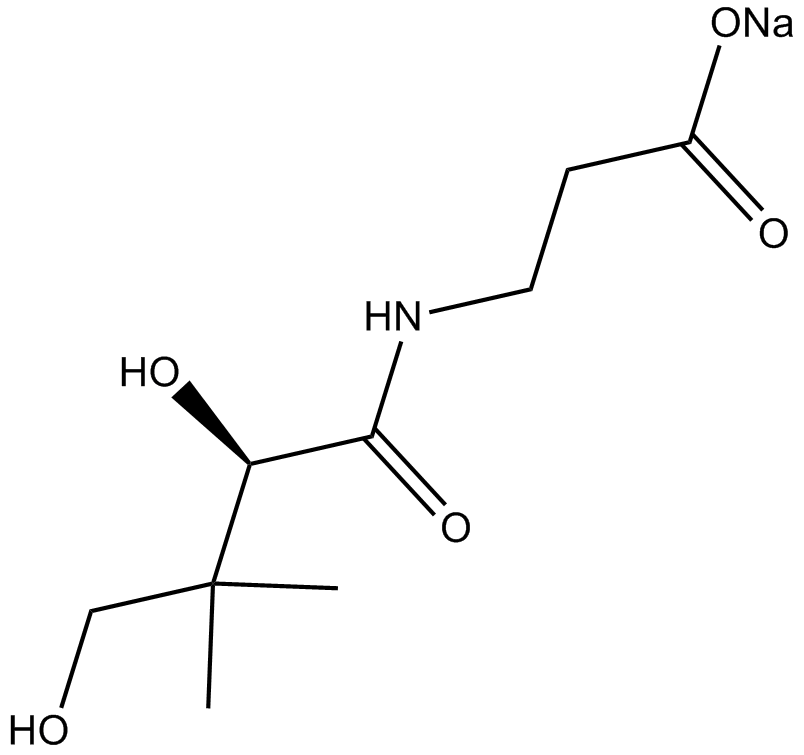 C7117 D-Pantothenate sodium中文名: D-泛酸钠
C7117 D-Pantothenate sodium中文名: D-泛酸钠 -
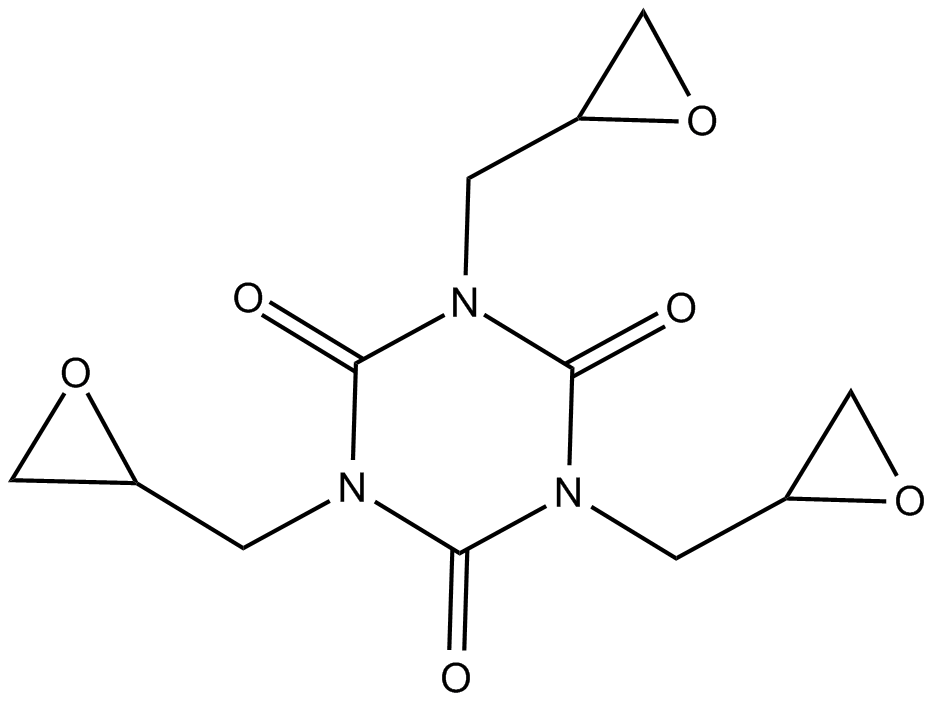 C7092 Triglycidyl Isocyanurate (Teroxirone)
C7092 Triglycidyl Isocyanurate (Teroxirone) -
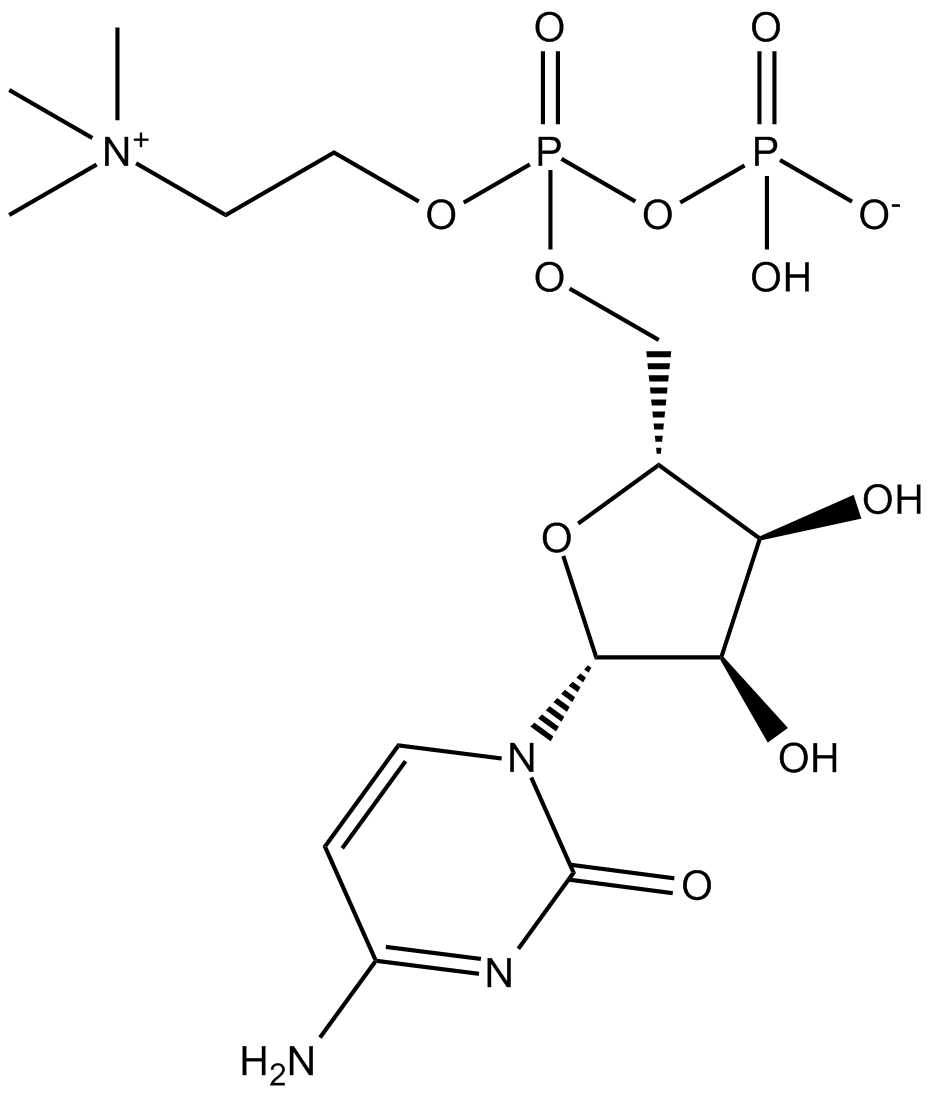 C6983 Citicoline
C6983 Citicoline -
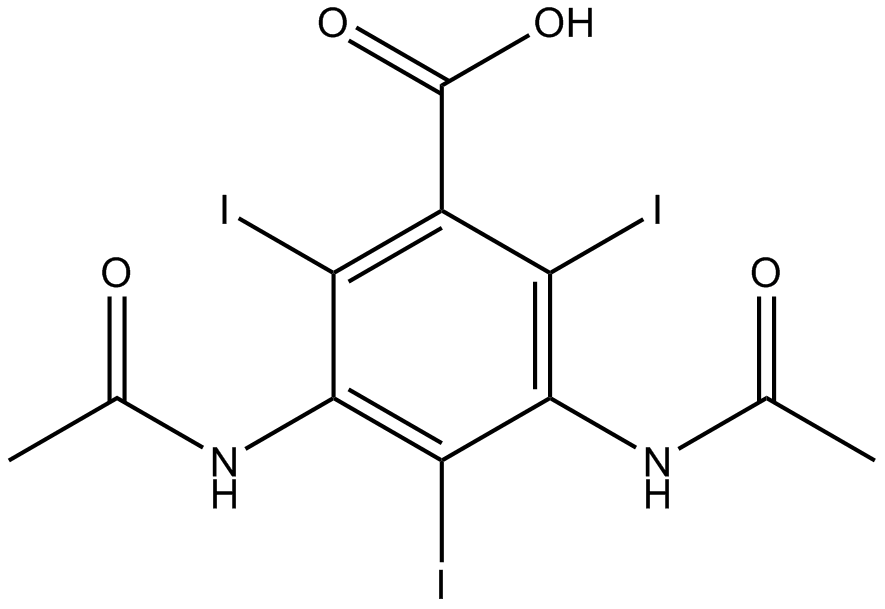 C6964 Diatrizoic acid中文名: 泛影酸
C6964 Diatrizoic acid中文名: 泛影酸


